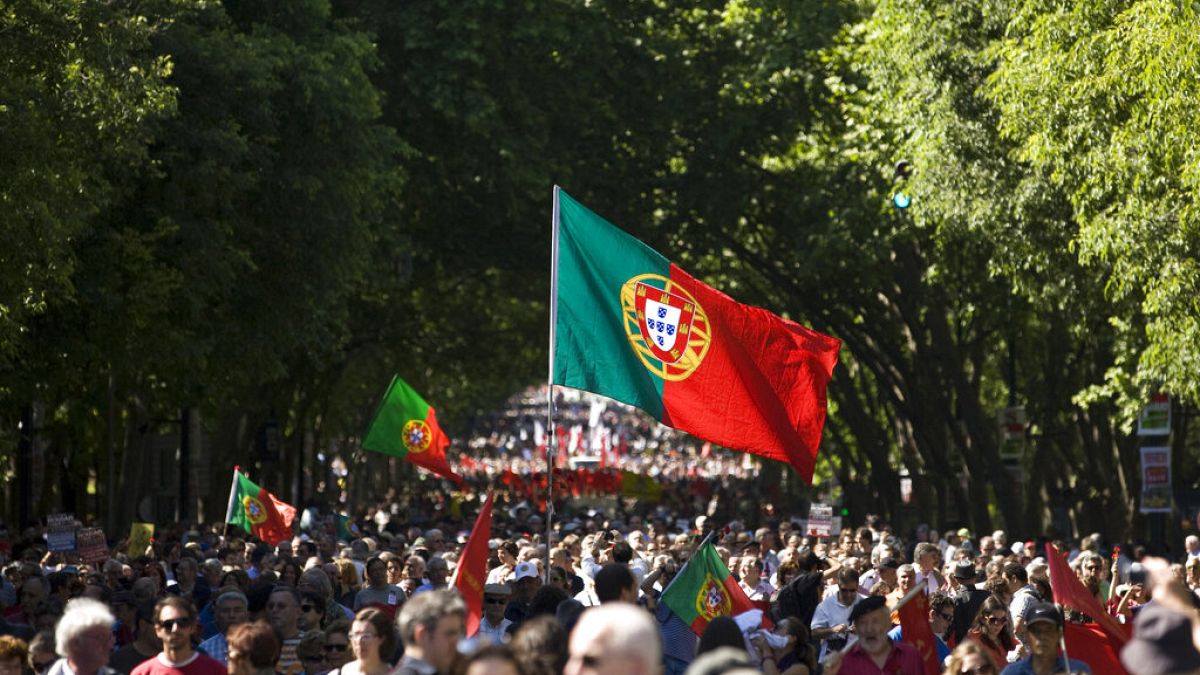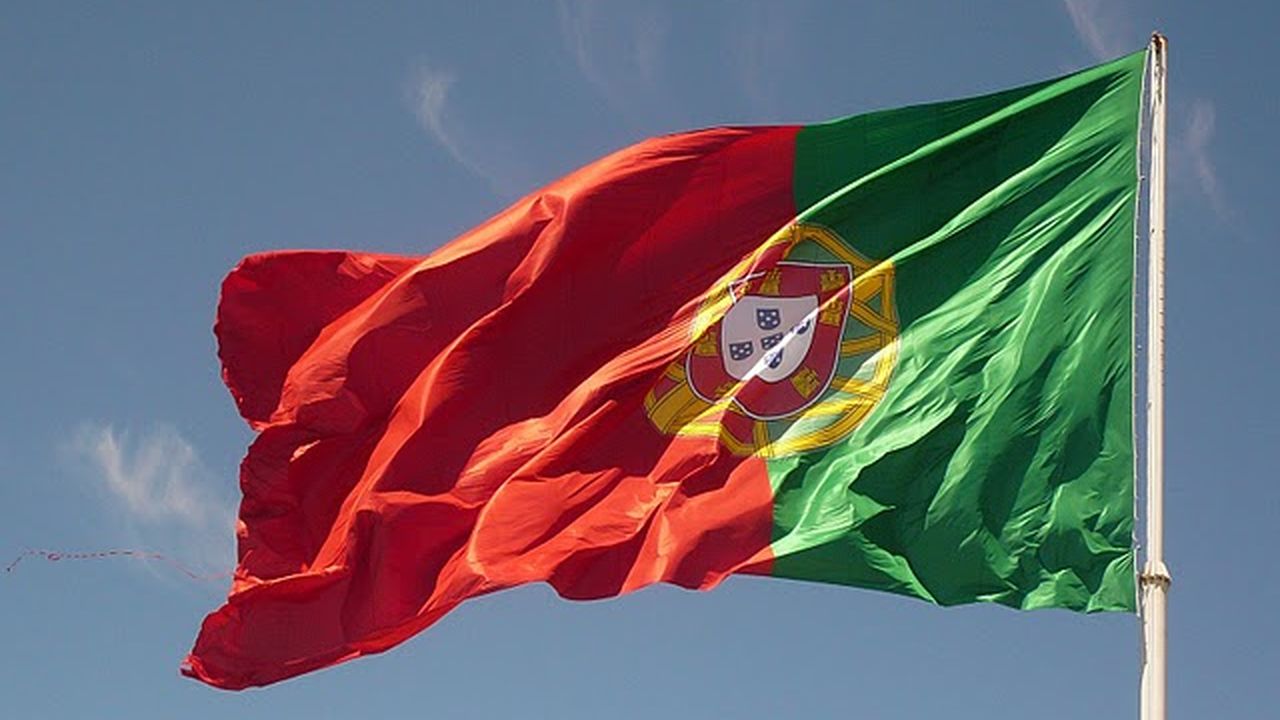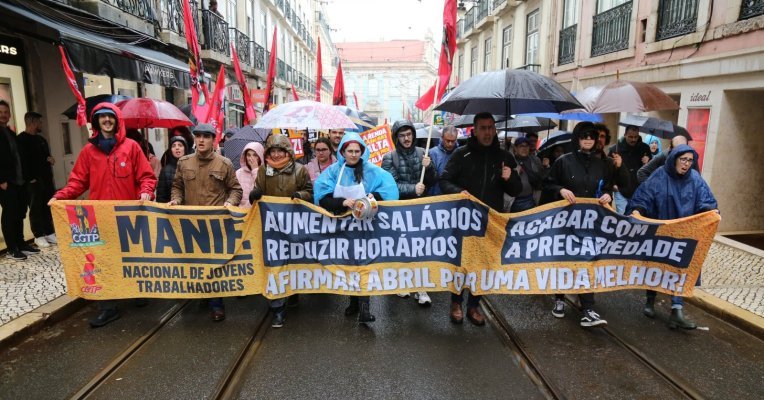
Last May the small Montpellier publishing house Yovana published the very beautiful travel story “Balcony in São Filipe – A siesta in the Cape Verde Islands”. A tribute to the wonderful African archipelago. The book is written by Antoine Barral, a French travel writer, born in Béziers, who was passionate about the mixed cultures of the three continents in which he grew up: Europe, West Africa and South America.
Antoine Barral, travel writer
Antoine Barral was born in Béziers in 1962, and grew up between Europe, West Africa and South America. He runs two blogs Ten years too late And Letters from my Trapiche He regularly shares his passion for literature with us. So far, he has written three books in French and another in Spanish. He is also a translator and has curated a bilingual collective anthology of writers from a country he knows well, Uruguay.
Travel writer Antoine Barral has just published a wonderful story with Yovanna in Montpellier –Balcony in Sao Filipe– the fruit of his passion for the African archipelago of Cape Verde, a former Portuguese colony that fascinates not only with its writers, poets and singers – who spread their culture by mixing African, European and Latin American influences – but also with its culture. Beautiful beaches and the friendliness of its people, islanders, cosmopolitan and multilingual.
The population of Cape Verde on its territory is only half a million, but the number of Cape Verdean citizens abroad exceeds seven hundred thousand, most of whom settle in Portugal, France, Luxembourg, the Baha Islands, Switzerland, Senegal, and the United States. It was an abandoned archipelago in the 15th century when the Portuguese arrived, but in the following century it became a center for the transatlantic slave trade.
Balcony in Sao Filipe
A somewhat naive traveler decides to spend a month alone and backpacking in the Cape Verde Islands, circa 2005 or 2006, without a plan, with the possibility of boats not arriving and planes being grounded. Throughout the story, the traveler questions the reality of Cape Verde as its original purity – its wealth – is threatened by mass tourism. From the first pages, during the flight, he uses the metaphor as a question: “Is the economy of Cape Verde an airplane that takes off with empty tanks?” Once he arrived in the capital, Praia, he asked the taxi driver to drop him off in the city center, in the famous Albuquerque Square, the historic heart of Praia. He struggles to find a hotel: they are all full, closed or too expensive! Finally, at the French Cultural Center, a very nice lady directs him to a hotel that cannot be found on the next street. Will he sleep outside? He dreads it: “Desolate, poorly lit, cobblestone streets, broken sidewalks and rotten buildings. It’s dilapidated, dirty, sad Africa… Praia, at first glance, scares me. Everything I read and heard about the lack of security in the city started to make me paranoid. “I almost miss the hundred-euro room at the Tropico.” Back in the square, he finally finds the Sol Atlântico pension, the cheapest in the city.
The traveler walks almost everywhere on the island: in Praia, on São Filipe, wherever he is, on the beach side or near the volcano. Thus he discovers the diversity and beauty of the landscape: “Once across the pass, the road crosses a lunar landscape of great beauty. We discover the chaos of lava fields from the last eruptions in 1951 and 1995. To our left, there are cliffs that I have never seen before, both in height and in their black palette, And ochre, gray and red. … On the right, Pico, the new cone that arose in the caldera after its collapse thousands of years ago. It is barely higher than the semicircular cliffs that surround it, and is not visible from São Filipe to the west. On the contrary It dominates the east, on the Santiago side, where the caldera is wide open on steep slopes that descend towards the sea.
Finally, the traveler cannot remain indifferent to the country’s economic problems, and especially to what has become a reality that has become more apparent since then: the invasive Chinese presence in Africa, which worries many Africans. Some may see signs of xenophobia here on the part of these Africans, but this is not the case. And at the end of the story, as a conclusion, we can find a chapter entitled “Chinese Adversities in Kenya” where, at the Social Forum in Nairobi in 2007, young Africans questioned the Chinese presence on their continent, in a way. The Chinese are accused of thinking only about their interests, making investments for their sole benefit, not providing work for Africans (the workers themselves coming from China), in short, not making better gains than the French, English, Portuguese or other former colonizers. .
The story is interspersed, in the form of a chronicle, with brief and very interesting texts about figures of music – Foñana, Morna, Colladeira – such as Cesaria Evora, Pana, Ildo Lobo, Pi Lisa or Laura, or literary figures such as Baltazar Lopez, Germano de Almeida, Manuel Lopez or Henrique Teixeira de Souza.
if Balcony in Sao Filipe It has the subtitle “Siesta in the Cape Verde Islands”Rest assured, dear reader, that while reading this book you will not want to sleep. On the contrary, you will want to travel to the Cape Verde Islands and perhaps take a nap under the pleasant morning air…
antoine baral, Balcony in Sao Filipe Siesta in the Cape Verde IslandsJovana Editions, Montpellier, May 2023.






